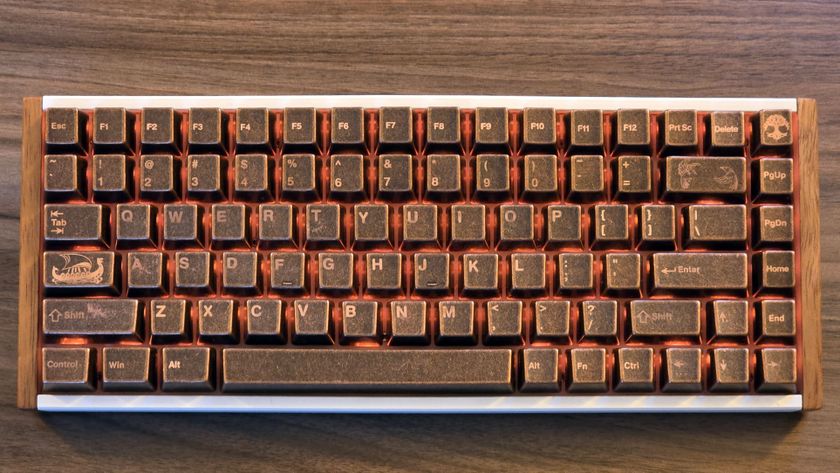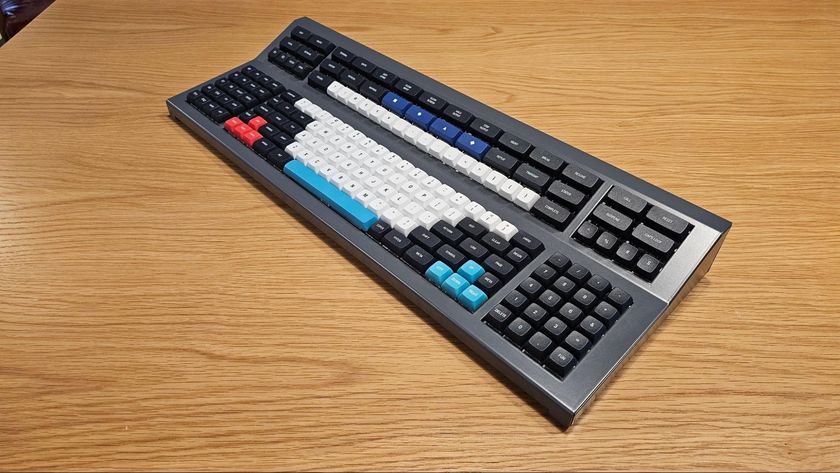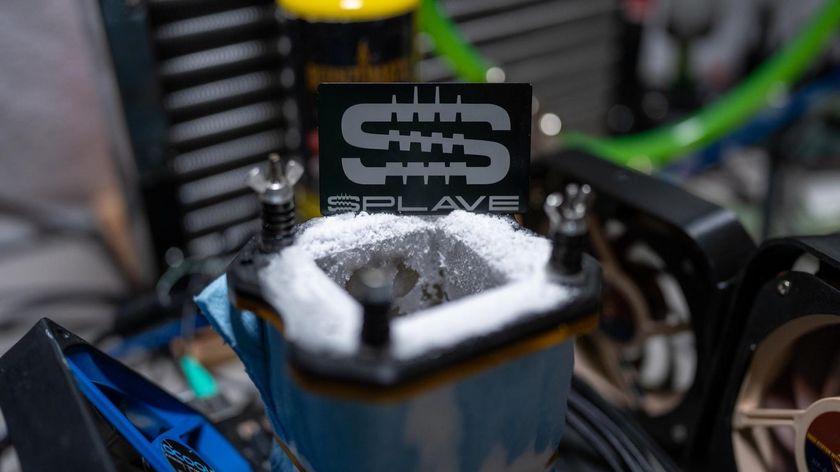17" LCD Part IV: Six Panels With 16 And 20 ms
20 ms Vs. 16 ms
16-ms and 20-ms monitors may be on the increase, but not a lot has actually changed. The big names like LG and Samsung did not get their panels out in time, so for the moment, all the 20-ms monitors have Hyundai panels and all the 16-ms monitors are from AU Optronics.
Remember that the panel is the main part of a monitor. It is made up of liquid crystal cells overlaid with red, green and blue filters, neon tubes and reflectors (see this chart ). Two monitors using the same panel will have a similar, if not identical, display. So, in spite of some substantial price differences (double in some cases), you will often find the same quality whatever the brand. The differences are mainly due to design factors, which make the monitor more or less attractive, and to more or less acceptable default settings.
16 ms: Beware!
When we tested the first monitors of this kind, the Iiyama AS4314UTG and Hitachi CML174SXW, we were surprised to find much less afterglow on the 20-ms monitor than on the 16-ms. We have gone into this matter since then, and it turns out that the term 16 ms is exaggerated. 16 ms (max.) would be more accurate. If the manufacturers were really frank about this, they would indicate that 16-ms panels only display 262,000 colors instead of the usual 16 million. In fact, AU Optronics uses its extra fast response time to display 16 million colors in the end. With luck, the color your game needs will be one of the 262,000available to start with and, if so, the response time actually will be 16 ms.
But if the color is not in the 262,000 table, the panel will display the two closest shades alternately. Because the display is very fast, your eye will only detect one shade, the right one. But for you to see an image, the monitor has to draw two of them. (AU Optronics has confirmed this.)
And here another question crops up: how do they compare with 25-ms monitors? The tests show that the 16-ms monitors are still more responsive than the previous generation of monitors. This is mainly due to differences in the methods of evaluating response times. Some will use the time required to change from white to black and back again; others will substitute the black for a gray, and yet others will average out other results... And so, you find yourself with a problem similar to that of pitches on CRT monitors: different ways of calculating make it difficult to compare end values. If only they'd all adopt the same system.... (A guy can dream!)
Stay On the Cutting Edge: Get the Tom's Hardware Newsletter
Get Tom's Hardware's best news and in-depth reviews, straight to your inbox.












